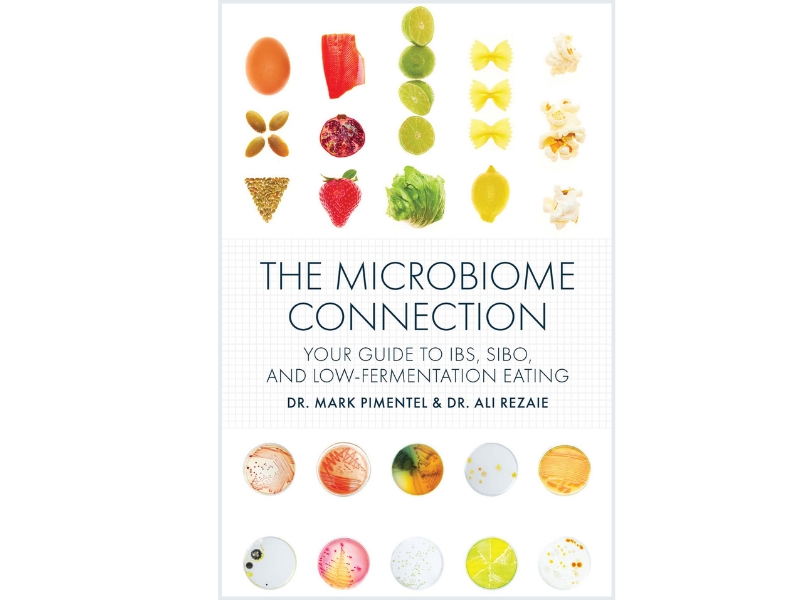
The definition of the microbiome is the collection of microbes — bacteria, archaea (ancient single-celled organisms), fungi and viruses found in the body. Sometimes they help each other out, and other times they compete with each other — there are viruses that can kill or modify bacteria. Added all together, all of these microbes plus their more than 3 million genes (150 times more than human genes) are called the microbiota. The technical term microbiota is used interchangeably with the term microbiome.
The word microbiome comes from the combination of “micro,” meaning small, and “biome,” meaning a major ecological community type. The term microbiome was coined in 2003, so the study of the microbiome is a relatively new science. The Human Microbiome Project, sponsored by the National Institutes of Health, was an effort to establish exactly what the microbiome is. In 2007, the Human Microbiome Project published a paper in the journal Nature that showed the microbiome encompassed all zones of the body.
The first place scientists started to examine the gut microbiome was in the stool. That made sense since it was easy to obtain a stool sample. They used the stool as a surrogate for the 25 feet of the gut, but the stool is only the gut’s exit material. It turns out that the microbiome in the 20-foot long small intestine is radically different than the microbiome in the stool. So declaring that the stool represents the microbiome in the gut is incomplete and incorrect.
What’s more, the microbiome in the small intestine can be considered eminently more important than the microbiome in the stool. The interaction between the microbiome and the large absorbing surface area of the small intestine may better relate to how some people become diabetic or obese. More importantly, small intestine bacterial overgrowth (SIBO) and IBS-related symptoms are related to how your microbiome reacts in this area of the gut. That’s why gastroenterologists primarily focus on the small intestine when examining the microbiome.
A new technique puts a small tube (endoscope) into your mouth and snakes it down into the small
intestine and, using a newly designed sterile aspiration catheter, removes samples from different parts of the small intestine. It may be much more difficult to get samples from the small intestine, but researchers have found it’s worth it to examine the microbiome in the small intestine in this way to get more information about how your microbiome interacts with your gut.
The way the microbiome interacts with the body is important to gastrointestinal function. A more
diverse gut microbiome leads to a more robust, adaptable immune system. The good news is that a
wide variety of bacterial strains are already found in your gut. In fact, these protective bacteria were
passed down, in part, from your mother at childbirth. Antibiotics, diet, infections and other factors may reduce their abundance, but these bacteria are never completely eradicated. It is important to nurture and reinforce a healthy gut microbiome.

The Microbiome Connection: Your Guide to IBS, SIBO and Low Fermentation Eating
A must-have resource for anyone who suffers from IBS or SIBO, or who wants to better understand their microbiome, this book will help you live a gut-happy and gut-healthy life.
